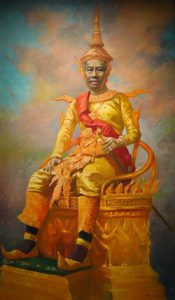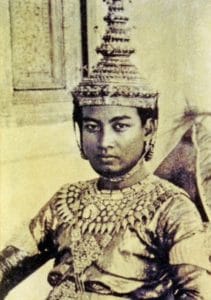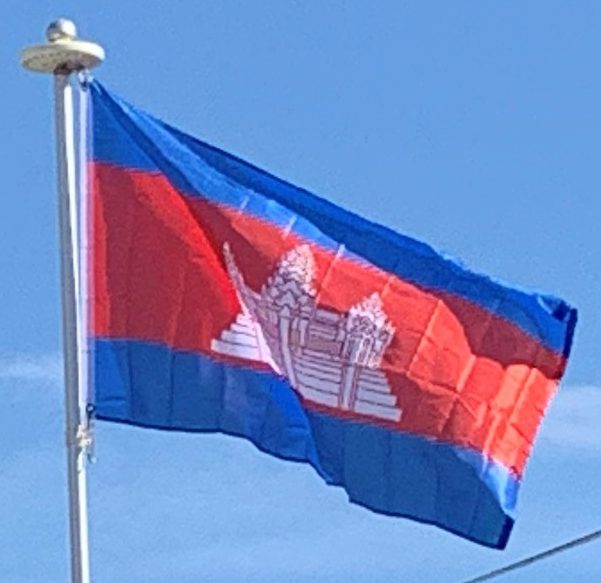
Cambodia continued as a protectorate of France from 1867 to 1953, administered as part of the colony of French Indochina, though occupied by the Japanese empire from 1941 to 1945. Between 1874 and 1962, the total population increased from about 946,000 to 5.7 million. After King Norodom’s death in 1904, France manipulated the choice of king, and Sisowath, Norodom’s brother, was placed on the throne. The throne became vacant in 1941 with the death of Monivong, Sisowath’s son, and France passed over Monivong’s son, Monireth, feeling he was too independently minded. Instead, Norodom Sihanouk, a maternal grandson of King Sisowath was enthroned. The French thought young Sihanouk would be easy to control. They were wrong, however, and under the reign of King Norodom Sihanouk, Cambodia gained independence from France on 9 November 1953.
Independence and Vietnam War:
Cambodia became a constitutional monarchy under King Norodom Sihanouk. When French Indochina was given independence, Cambodia lost hope of regaining control over the Mekong Delta as it was awarded to Vietnam. Formerly part of the Khmer Empire, the area had been controlled by the Vietnamese since 1698, with King Chey Chettha II granting the Vietnamese permission to settle in the area decades before. This remains a diplomatic sticking point with over one million ethnic Khmers (the Khmer Krom) still living in this region. The Khmer Rouge attempted invasions to recover the territory which, in part, led to Vietnam’s invasion of Cambodia and deposition of the Khmer Rouge.
In 1955, Sihanouk abdicated in favor of his father to participate in politics and was elected prime minister. Upon his father’s death in 1960, Sihanouk again became head of state, taking the title of prince. As the Vietnam War progressed, Sihanouk adopted an official policy of neutrality in the Cold War. Sihanouk allowed the Vietnamese communists to use Cambodia as a sanctuary and a supply route for their arms and other aid to their armed forces fighting in South Vietnam. This policy was perceived as humiliating by many Cambodians. In December 1967 Washington Post journalist Stanley Karnow was told by Sihanouk that if the US wanted to bomb the Vietnamese communist sanctuaries, he would not object, unless Cambodians were killed.

The same message was conveyed to US President Johnson’s emissary Chester Bowles in January 1968. However, in public Sihanouk refuted the right of the U.S. to use air strikes in Cambodia, and on 26 March he said “these criminal attacks must immediately and definitively stop”. On 28 March a press conference was held and Sihanouk appealed to the international media: “I appeal to you to publicise abroad this very clear stand of Cambodia—that is, I will in any case oppose all bombings on Cambodian territory under whatever pretext.” Nevertheless, the public pleas of Sihanouk were ignored and the bombing continued. Members of the government and army became resentful of Sihanouk’s ruling style as well as his tilt away from the United States.
